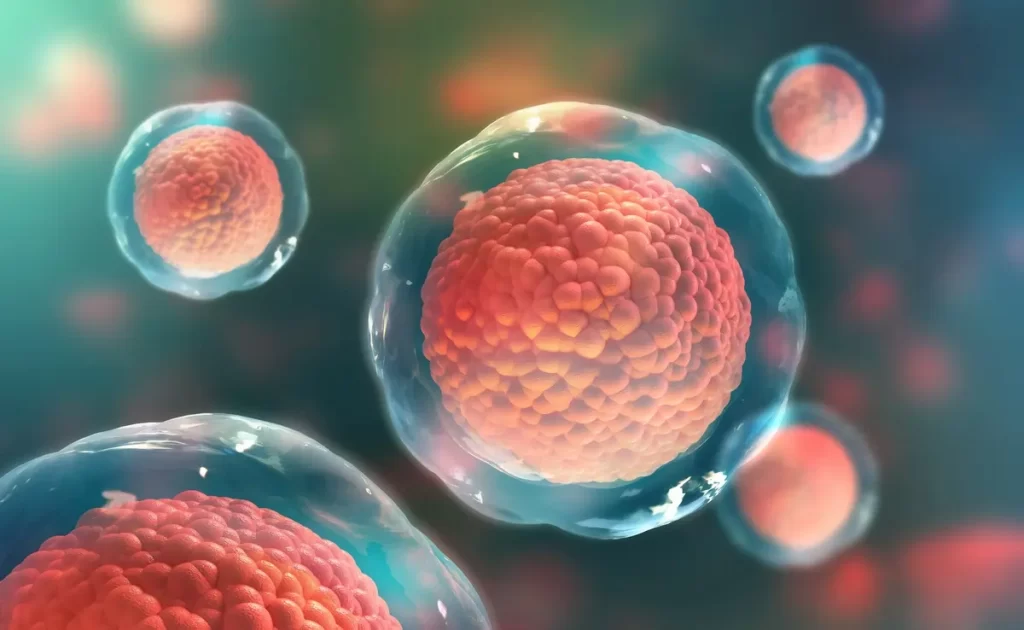Turner syndrome
Turner syndrome is a disorder that primarily affects females and is brought on by a missing or partially deleted X chromosome. Numerous medical and developmental issues, including short stature, ovarian failure, and heart anomalies, can be brought on by Turner syndrome.

Turner syndrome can be identified during pregnancy, infancy, or early life. Sometimes the diagnosis in girls with minor indications and symptoms is not made until the teen or young adult years.
Turner syndrome patients need ongoing medical treatment from a range of specialists. Most girls and women may enjoy healthy, independent lives with regular examinations and the proper treatment.
Symptoms
Girls and women with Turner syndrome may exhibit various signs and symptoms. Turner syndrome may not be immediately visible in some girls, but it may be noticeable in other girls early on, thanks to several physical characteristics. Signs and symptoms might be minor, slowly arising over time, or severe, like heart abnormalities.
prior to birth
Turner syndrome may be suspected during pregnancy based on prenatal cell-free DNA screening, which uses a mother’s blood sample to check for specific chromosomal abnormalities in the unborn child, or prenatal ultrasound. An infant with this illness may exhibit the following during pregnancy:
- anomalous fluid collections, such as a significant fluid buildup on the back of the neck (edema)
- Heart conditions
- irregular kidneys
Recommended: Growth Plates What You Need to Know
at the time of birth or infancy
Turner syndrome symptoms that may be present at birth or in a baby include:
- Web-like or wide neck
- drooping ears
- Nipples that are widely spaced on a broad chest
- a tall, slender roof above the mouth (palate)
- Elbows that extend outward in the arms
- thin, upward-curving toenails and fingernails
- swelling of the hands and feet, particularly during pregnancy
- somewhat shorter at birth than normal in height
- sluggish growth
- cardiac issues
- Receding or tiny lower jaw Low hairline at the nape of the neck
- short toes and fingers
Recommended: Dwarfism – Types – symptoms and causes
in adolescence, childhood, and adulthood
The most prevalent symptoms of Turner syndrome in nearly all adolescent girls, teens, and women are short stature and ovarian insufficiency due to ovarian failure. Ovarian failure can start at birth or evolve gradually throughout infancy, adolescence, or young adulthood. These include the following signs and symptoms:
- sluggish growth
- no growth spurts at the normal ages of childhood
- Adult height was far shorter than what may be anticipated for a female family member.
- Sexual changes that should have started throughout puberty didn’t.
- Teenage years see a “halt” in sexual development
- Early menstrual cycle ending that is not related to pregnancy
- Inability to conceive without fertility treatment affects the majority of females with Turner syndrome.



